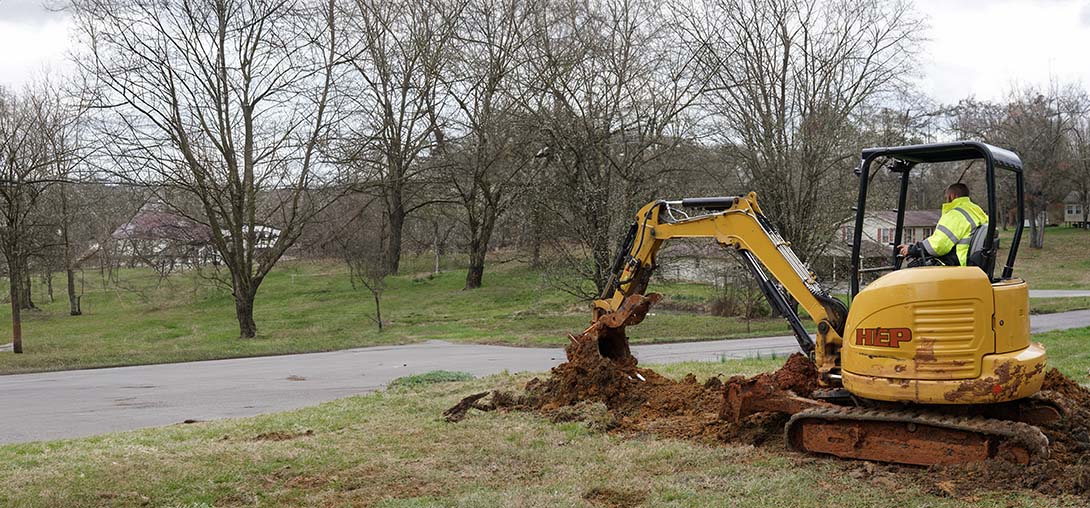

Main Line Concerns
Your trusted partner for professional home services. Quality workmanship, guaranteed satisfaction.




- HEP
- Main Line Concerns
Main Line Concerns | Main Line Issues | Plumbing | Charleston
When something goes wrong deep within your plumbing system, you need a team that understands Charleston homes from the inside out. HEP’s licensed technicians specialize in diagnosing the hidden clogs, root intrusions, and age-related breaks that can cripple your household’s water flow. Using state-of-the-art camera inspections and trenchless repair options, we pinpoint problems quickly and restore your sewer or water main with minimal disruption to your yard, driveway, and daily routine.
Homeowners call us the moment they suspect main line issues because we combine small-town courtesy with big-city expertise. From emergency backups at 2 a.m. to preventative maintenance that keeps future headaches at bay, HEP delivers transparent pricing, clear communication, and workmanship that’s built to last in Charleston’s unique coastal climate. If your drains are gurgling, your lawn is mysteriously soggy, or your water bill has spiked, reach out today and let us bring peace of mind back to your pipes.
FAQs
What are the most common signs of a main sewer line blockage in Charleston homes?
Typical warning signs include multiple drains (toilets, tubs, floor drains) backing up simultaneously, gurgling noises in fixtures when other fixtures are used, water or sewage pooling around the floor drain, and foul odors coming from drains or the yard. Because Charleston’s water table is high, even small blockages tend to surface quickly, so pay attention to slow-moving fixtures or wet spots in the lawn near the main clean-out.
How does Charleston’s coastal environment affect main line plumbing problems?
Charleston’s high groundwater level, shifting tides, and sandy soil can contribute to pipe settlement and intrusion from tree roots seeking water. Salt air can also accelerate corrosion on older cast-iron or galvanized lines. Heavy rainstorms associated with hurricane season may overload municipal sewers, causing backups in private lines. All of these factors make proactive inspections and timely repairs especially important for Lowcountry homeowners.
What should I do immediately if my main sewer line is backing up?
1) Stop using all plumbing fixtures to prevent additional wastewater from entering the line. 2) Shut off the property’s main water supply if backups continue. 3) Locate and remove the clean-out cap outside, if accessible, to relieve interior pressure. 4) Call a licensed Charleston plumbing professional for an emergency service. Avoid using chemical drain cleaners—they seldom clear main line obstructions and can damage pipes or harm technicians who later work on the line.
Are camera inspections really necessary before repairing a main sewer line?
Yes. A video camera inspection pinpoints the exact location, depth, and nature of the problem—whether it’s root intrusion, a belly (sag), a crack, or a total collapse. This saves time, prevents unnecessary digging, and allows the plumber to give an accurate estimate. In Charleston’s historic districts, many mains run under mature trees, brick patios, and narrow alleys, so knowing precisely where to excavate (or whether trenchless repair is viable) minimizes property disruption and cost.
What trenchless repair options are available in Charleston and how long do they last?
Most plumbing contractors in the area offer two trenchless solutions: pipe lining (CIPP—cured-in-place pipe) and pipe bursting. Pipe lining inserts an epoxy-saturated liner that cures to form a new pipe inside the old one; pipe bursting pulls a new HDPE pipe through the existing path while fracturing the old pipe outward. Both methods meet ASTM standards and typically carry warranties of 50 years or more when installed by certified technicians, making them as durable as traditional replacement but with minimal digging.
How much does main line repair or replacement cost in the Charleston area?
Prices vary with depth, pipe material, length, and accessibility, but homeowners can expect: • Hydro-jetting or auger clearing: $350–$700. • Camera inspection with locating: $200–$400 (often waived if repair is performed). • Spot repair via excavation: $1,000–$2,500 for 5–10 feet. • Full replacement (conventional trench): $80–$150 per linear foot. • Trenchless lining or bursting: $120–$200 per linear foot. Permitting fees from the City of Charleston and possible sidewalk or roadway restoration can add to the total. A reputable plumber will provide a written estimate after inspection and discuss financing or insurance coverage for sewer lateral failures.